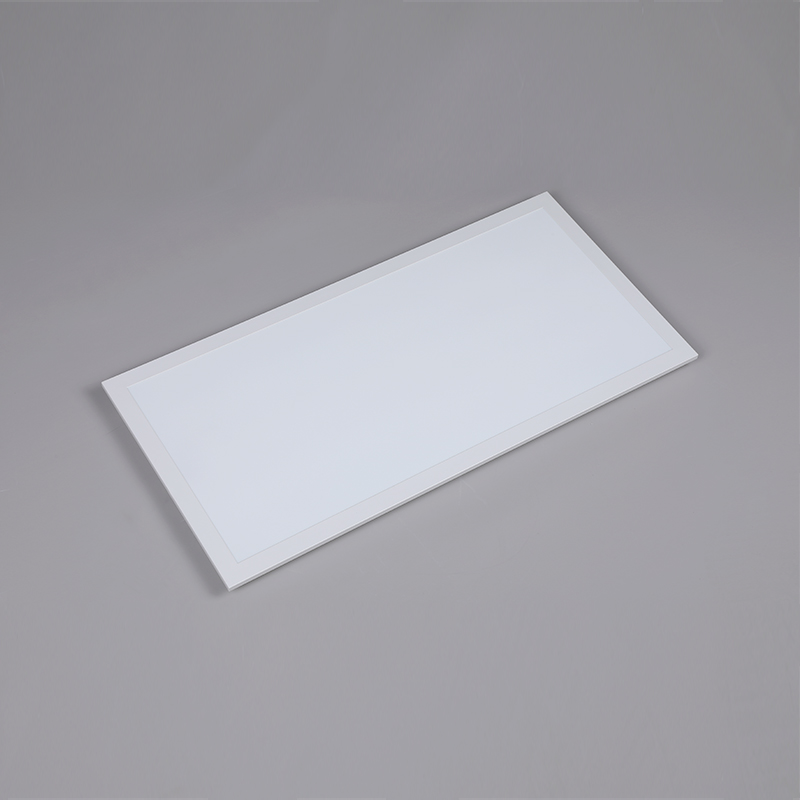Provide you with the latest enterprise and industry news.
In the field of mining lighting, the stability and durability of lighting equipment are crucial. Especially in environments that require long-term continuous work, such as factories and mines, the brightness stability and service life of lighting fixtures directly affect work efficiency, safety and maintenance costs. Although traditional lighting sources, such as fluorescent lamps and high-pressure sodium lamps, meet lighting needs to a certain extent, their brightness tends to gradually decrease with the increase of use time, and lamps need to be replaced or adjusted, increasing maintenance costs and the risk of work interruption. The emergence of LED mining lamps, with its low light decay characteristics, has brought revolutionary changes to mining lighting.
LED (Light Emitting Diode) as a semiconductor light source has many advantages, among which the low light decay characteristic is particularly prominent. Light decay, that is, the phenomenon that the brightness of the light source gradually decreases during use, is an unavoidable problem for traditional lighting sources. There are many reasons for light decay, including aging of the light source itself, the influence of ambient temperature, current fluctuations, and chemical reactions inside the lamp. For traditional lighting sources, these factors will cause the luminous efficiency of the light source to gradually decrease, and the brightness will decrease accordingly.
However, LED chips can overcome this defect to a large extent. The light-emitting principle of LED is based on the electronic transition of semiconductor materials. When electrons transition from high energy levels to low energy levels, energy is released in the form of photons. This process is relatively stable and not easily affected by the external environment. Therefore, after long-term use, LED chips can still maintain relatively stable brightness output, and the light decay phenomenon is significantly lower than that of traditional lighting sources.
The LED chips used in LED mining lamps are usually strictly screened and tested to ensure that they have excellent luminous performance and stability. These chips not only have high brightness, but also low light decay rate, and can maintain stable lighting effects for a long time in harsh mining environments. This means that during the service life of LED mining lamps, there is no need to frequently replace or adjust the lamps, which greatly extends the service life of the lamps.
The low light decay characteristics bring many practical benefits to LED mining lamps, which are mainly reflected in the following aspects:
Improve lighting stability:
After long-term use, LED mining lamps can still maintain stable brightness output, and there will be no gradual decrease in brightness like traditional lighting sources. This ensures the lighting stability of the working environment and improves work efficiency and safety.
Reduce maintenance costs:
Due to the low light decay rate and long service life of LED mining lamps, the frequency of lamp replacement and maintenance costs are greatly reduced. In industrial and mining environments, the maintenance of lighting equipment is often a time-consuming and labor-intensive task that requires professional maintenance personnel and equipment. The low maintenance cost of LED mining lamps saves companies considerable costs.
Improve corporate image:
The use of stable and reliable lighting equipment not only improves operating efficiency, but also enhances the overall image of the company. As a representative of modern lighting technology, the advanced performance and excellent stability of LED mining lamps demonstrate the company's emphasis on science and technology and innovation.
Promote energy conservation and emission reduction:
LED mining lamps not only have low light decay rate, but also high energy efficiency. Compared with traditional lighting sources, LED lamps have minimal energy loss and high conversion efficiency in the process of converting electrical energy into light energy. This means that when providing the same brightness of lighting, LED mining lamps consume much less electricity than traditional lamps, which helps to achieve the goal of energy conservation and emission reduction.
So, how do LED mining lamps achieve low light decay? This is mainly due to its unique light-emitting mechanism and careful design.
The light-emitting principle of LED chips determines that they have a low light decay rate. As mentioned earlier, the light emission of LEDs is based on the electronic transition process of semiconductor materials. This process is relatively stable and not easily affected by the external environment. Therefore, LED chips themselves have low light decay characteristics.
LED mining lamps are designed with full consideration of heat dissipation. High temperature is one of the main factors that accelerate the aging of light sources, so effective heat dissipation design is essential to extend the service life of LED lamps. LED mining lamps usually use efficient heat dissipation materials and structures, such as aluminum alloy lamp bodies, heat sinks, etc., to ensure that the lamps can quickly dissipate heat during operation and maintain a low operating temperature.
LED mining lamps also use constant current drive technology. Constant current drive can ensure that the current of LED chips is stable during operation and avoid damage to the chip caused by current fluctuations. Constant current drive can also improve the power factor of LED lamps and reduce power loss.
LED mining lamps undergo strict quality control during the production process. From the procurement of raw materials to the delivery of finished products, each process has undergone strict inspection and testing. This ensures that the LED mining lamp has excellent quality and stability, and can maintain stable lighting effects for a long time in harsh mining environments.




